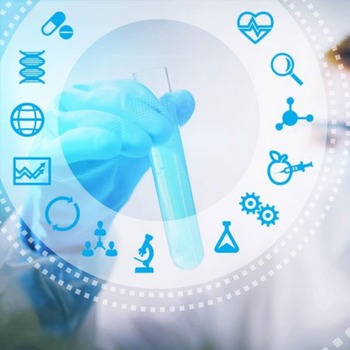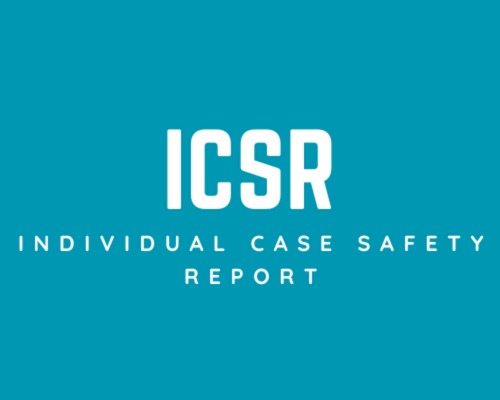Pharmacovigilance refers to the sequential series of activities involved in the process of monitoring and managing the safety of drugs. The key steps in the pharmacovigilance value chain include:
- Adverse Event Reporting: Collection and reporting of adverse events by healthcare professionals, patients, and the general public.
- Case Processing: The processing and assessment of reported adverse events, including data validation and coding.
- Medical Review: The analysis of adverse events to determine the causal relationship between the drug and the event.
- Signal Detection: Identification of potential signals of adverse events through statistical analysis and data mining.
- Benefit-Risk Assessment: Evaluation of the overall benefits and risks of a drug based on the available safety and efficacy data.
- Risk Management: Development and implementation of strategies to minimize the risks associated with the drug and to improve patient safety.
- Communication: Sharing of safety information with healthcare professionals, regulatory authorities, and the public.
The pharmacovigilance value chain is an ongoing process that requires constant monitoring and adaptation to ensure the safety and efficacy of drugs.
Individual Case Safety Reports (ICSRs)
We specialize in management of ICSRs originating from various sources(spontaneous, literature, product/patient support programs, market research programs, clinical trials, medical information, call centers, health authorities, post-marketing commitment studies, etc.)
Management of ICSR activity includes

- Duplicate detection
- Case booking
- Case Triage
- Data entry
- MedDRA coding
- Labeling/ Listedness
- Quality Check
- Medical Review
- Follow-up queries, Questionnaires
- Other services for ICSRs include:
- Compliance Check
- Quality Review of ICSRs
Aggregate reports: Authoring, project management activity, and quality review of the below reports
- PBRERs/PSURs
- PADERs
- Canada Annual Reports
- Addendum Reports
- Clinical Overview
- SUSAR Reports (six-monthly)
- DSURs
- Product Quality Complaints/ Health Hazard Evaluations
- Structured Benefit Risk analysis
- Periodic Safety Line Listings (PSLL) and Periodic Safety Update Report Line Listings (PSUR LL)
- Product alerts
- RMPs and RMP Updates

Signal management activities include the below:

- Review of Serious ICSRs, Suspected Unexpected Serious Adverse Reaction (SUSAR)
- Review of Nonserious line listings
- Literature review
- Disproportionality analyses such as Proportional Reporting Ratio, chi-square, frequency etc
- Signal Detection in EudraVigilance (EVDAS)
- Signal Detection, Validation, Prioritization, Analysis & Assessment, Recommended actions, Monitoring events analysis
- Adverse event Trend analysis
- Health Authority Request
- Presentation of Safety Evaluation report to Safety Management Team and Safety Management Committee
- Participation in Labelling Working Group and Labelling Review Committee discussions
- Participation in an update of Reference Safety Information
- Review trends in fatal cases, pediatric, geriatric, pregnancy, lack of efficacy, drug interaction, medication errors, off-label use, hepatic and renal impairment
Literature review activities include the following:
- Literature review services for ICSRs, PSURs, PBRER's, DSURs, signal detection, and ad-hoc reports and adding MAH comment
- Search strategies
- Literature Search (EMBASE, PubMed, MEDLINE, and non-indexed journals)
- Review of abstracts and articles
- Article Ordering
- Working on literature management tools

Individual Case Safety Report (ICSR)

ICSR refers to the format and content for the submission of an individual report of suspected adverse reactions in relation to a medicinal product that occurs in a single patient at a specific point of time.
An ICSR is said to be valid when it meets the below criteria:
- At least one identifiable reporter;
- One single identifiable patient;
- Atleast one suspect adverse reaction and at least one suspect medicinal product.
